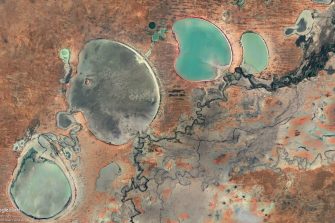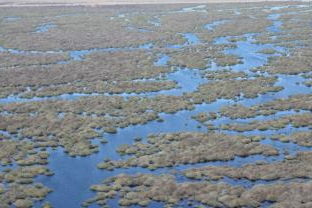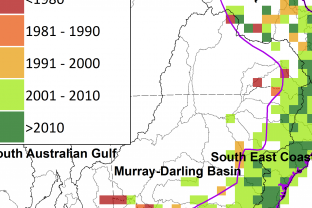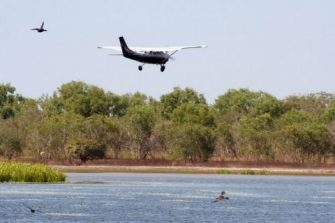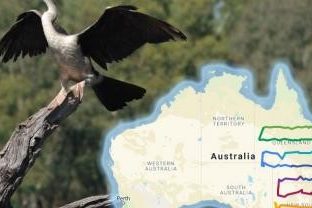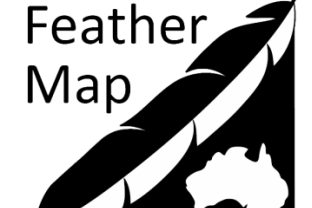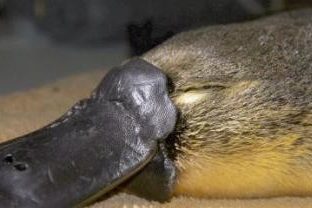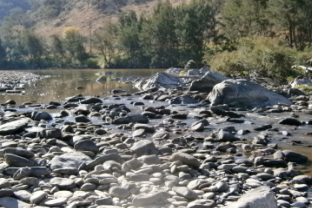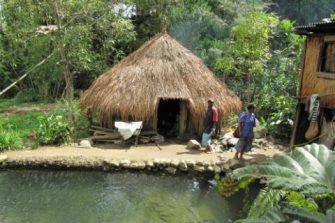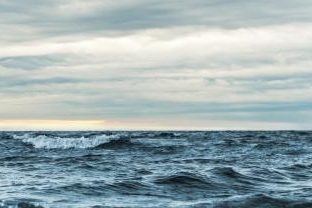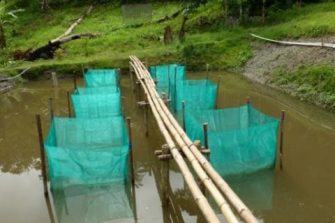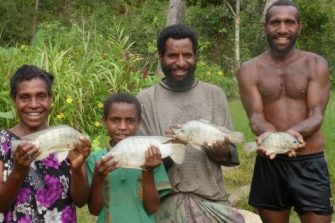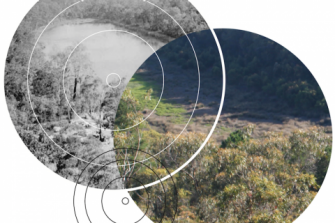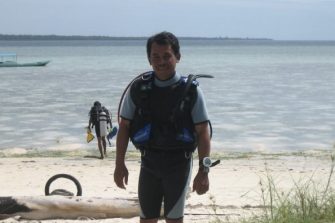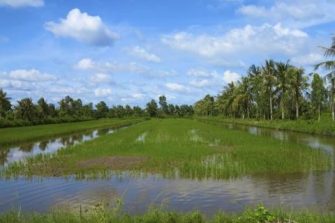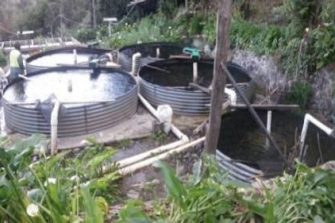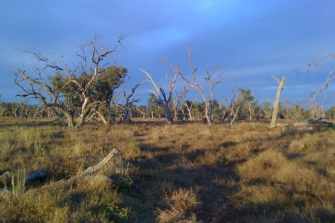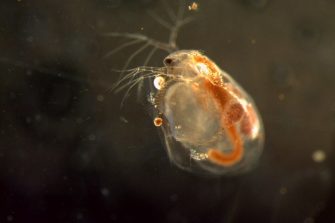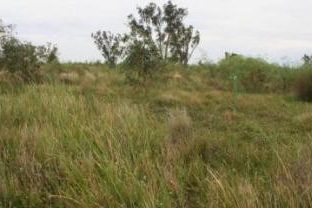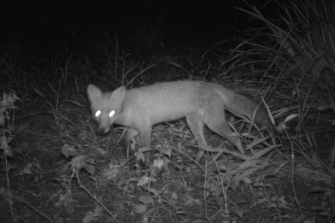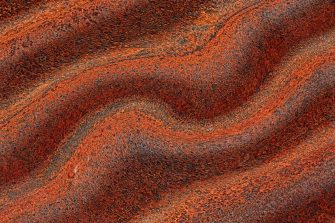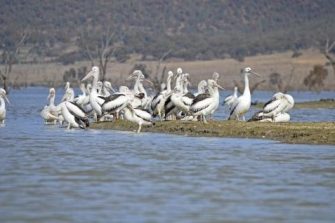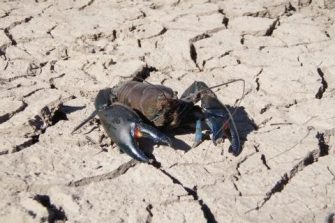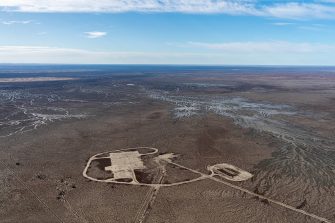Rivers & wetlands
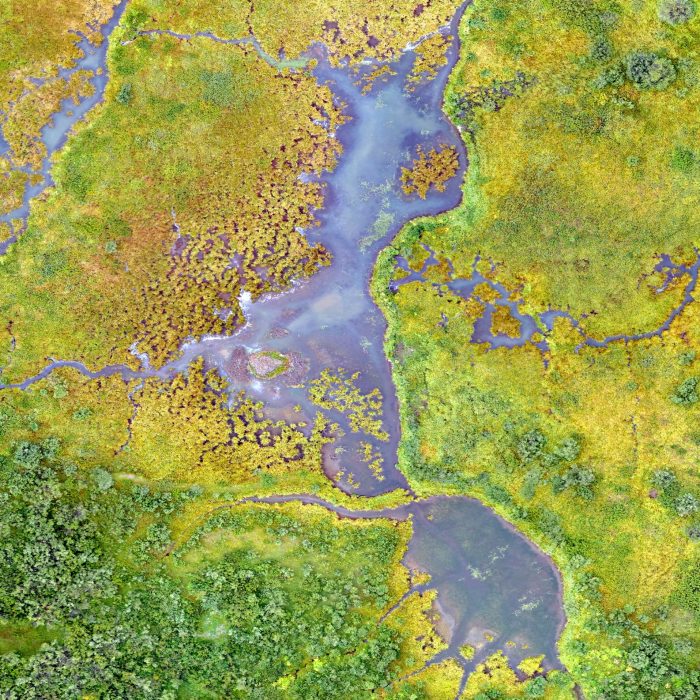
The Centre for Ecosystem Science has a strong background and focus on investigating the ecology of wetlands and rivers. We are particularly interested in the “boom” and “bust” ecology of inland river systems, focusing a considerable amount of our work in the Murray-Darling Basin and its more important wetlands. We have major study sites in the Macquarie Marshes on the Macquarie River, the Lowbidgee wetlands on the Murrumbidgee River and the Barmah-Millewa Forest on the River Murray. Various other projects cover most of the major wetlands in the Murray-Darling Basin (see waterbirds). An important part of this work is investigating the relationships and importance of environmental flows for large wetland systems, particularly through the lens of different animals, plants and ecosystem processes that depend on these flows. We are also investigating relationships between flow regimes and flooding to determine long term impacts of development and options for rehabilitation of wetland systems. A strong focus is the ecology of waterbirds and effects of water resource management on their populations. The Centre also runs one of the longer wildlife surveys in the world, started in 1983 and continuing every year, the aerial survey of waterbirds in eastern Australia.
Macquarie Marshes
The Macquarie Marshes are one of the largest and more significant wetland systems in Australia. They are recognised for their conservation importance as Nature Reserve and a wetland of international importance under the Ramsar Convention. At present, the Centre is focusing on the effective management of environmental flows (currently about 300,000 ML/yr). This water is purchased by the NSW and Australian Governments in an effort to return ecological health to the ecosystem. Relatively little is known about the specific responses of the organisms to these flows and so we are investigating benefits to native fish, waterbirds, invertebrates, frogs, bats, turtles and vegetation. We are also working with the NSW Office of Environment and Heritage and exploring the links between flooding detected using satellite imagery and responses of different organisms. We are also investigating opportunities for managing environmental flows in the major dam, upstream of the Marshes. By quantifying these empirical relationships, we aim to assist in the evaluation of various environmental flow options at different temporal and spatial scales.
Waterbirds
Waterbirds are one of the more obvious animal groups found on wetlands, including lakes and floodplains. There are many different groups from the large waterbirds, such as Australian pelicans, black swans and brolgas, to the many small wading birds such as sharp-tailed sandpipers and red-kneed dotterel. The Centre investigates long-term dynamics of waterbird populations and communities to understand how they respond to boom and bust cycles of Australia’s rivers and wetlands and also the impacts of water resource developments.

